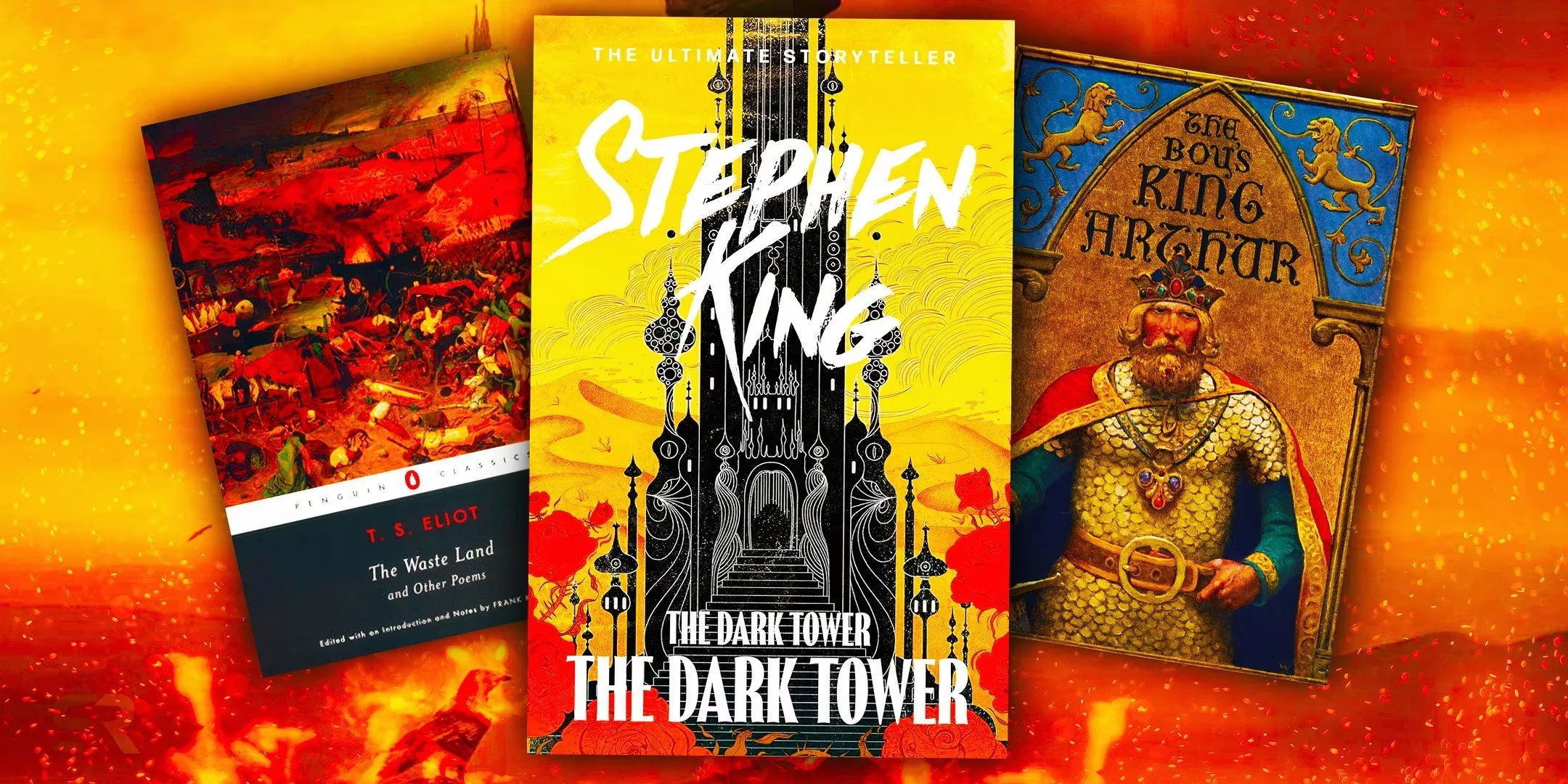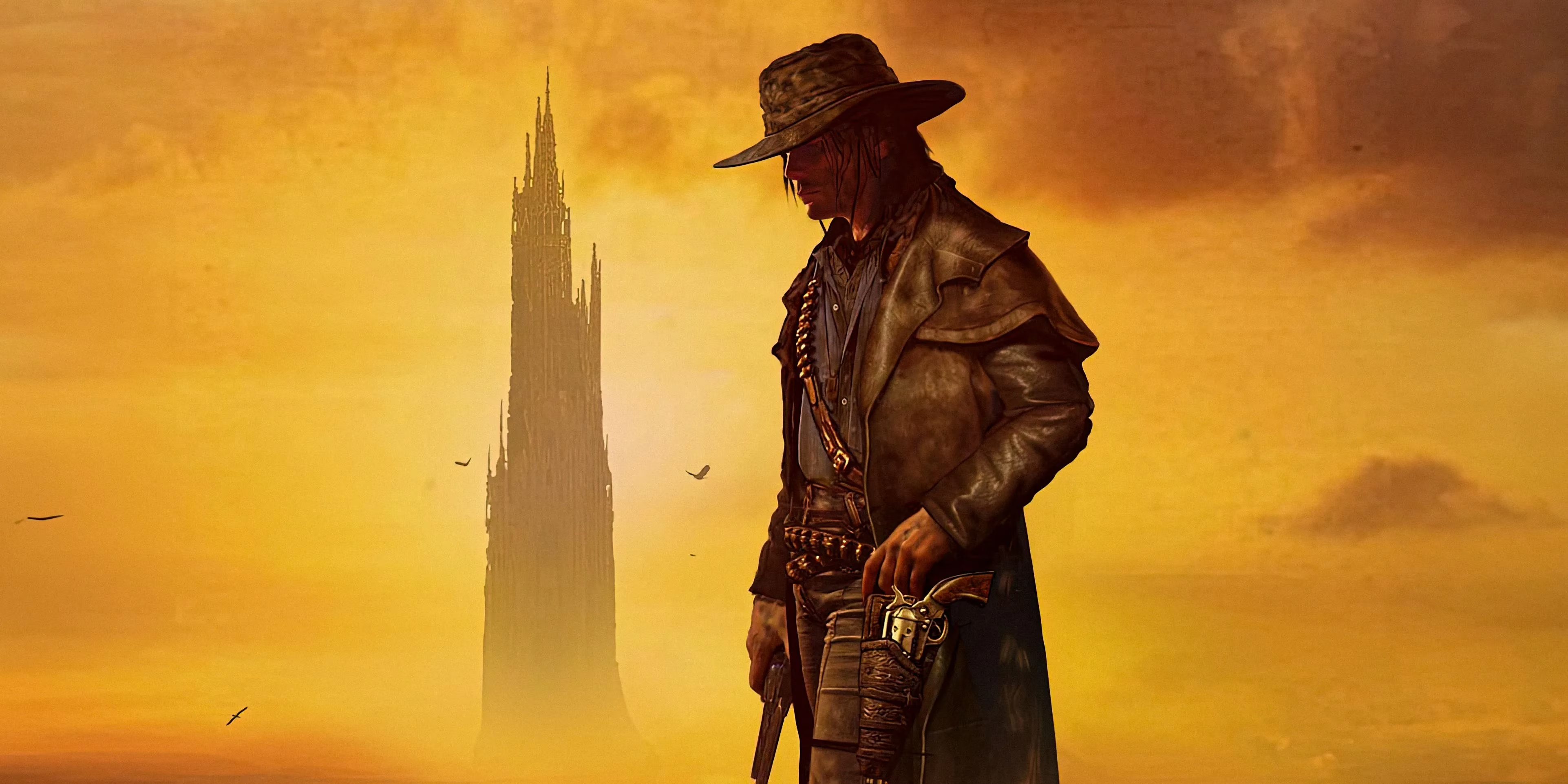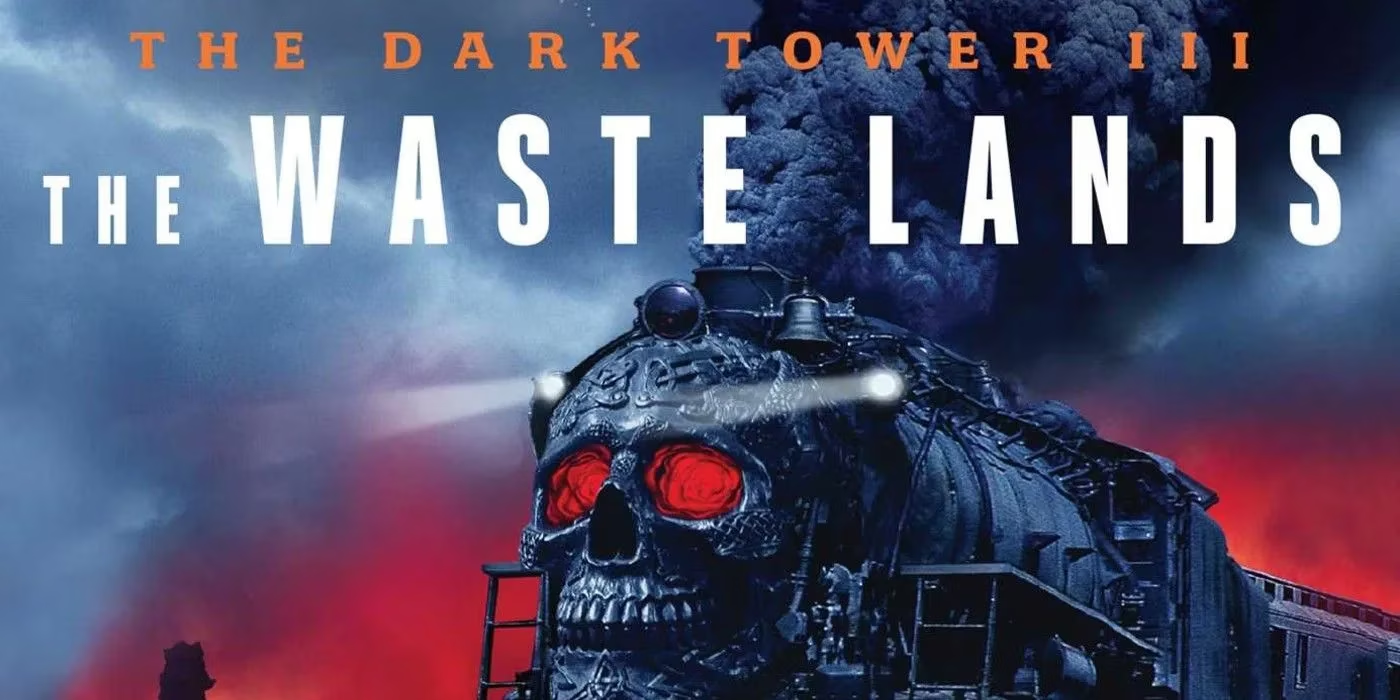Behold! The colossal, genre-shattering universe of Stephen King's The Dark Tower didn't spring fully formed from the void. Nay, it's a thunderous Frankenstein's monster stitched together from literary legends, silver-screen icons, and cosmic nightmares! 🌪️ This sprawling epic—a seven-book odyssey spanning Western grit, apocalyptic horror, and mind-bending sci-fi—leaned hard on the giants who came before. King, that maestro of macabre, openly pillaged poetry, films, and prog-rock albums to forge Roland Deschain's quest. Without these titans casting long shadows over Mid-World? The Tower would've crumbled before a single shot echoed in the desert. 🔫⚡

9 🏰 "Childe Roland to the Dark Tower Came" by Robert Browning

The bedrock! The skeleton! The very DNA! Browning’s 1852 poem isn’t just an influence—it’s Roland’s ghostly blueprint. A lone knight trudging through a hellish wasteland? Check. Fallen comrades like Cuthbert? Double-check. A devilish trickster luring travelers astray? Oh, hello, Walter o’Dim. 😈 King snatched Browning’s apocalyptic imagery and ambiguous ending, then detonated it into a multiverse. That haunting final line—“Childe Roland to the Dark Tower came”—echoes like a gunshot through every page. Without this grim ballad? Roland might’ve been just another cowboy.
8 ⚰️ "The Waste Land" by T.S. Eliot

Blink, and you’ll miss Jake Chambers whispering Eliot’s line—“I’ll show you fear in a handful of dust”—but the resonance? Earth-shaking. 🌍💥 The Waste Lands (Book III) isn’t just a title nod; it’s King mainlining Eliot’s vision of a civilization rotting from within. Post-WWI London’s decay mirrors Mid-World’s corpse-strewn plains. Both are landscapes of psychic rubble, where hope curdles like spoiled milk. Eliot’s fragmented, hallucinatory style? King weaponized it to portray a reality literally coming unglued.
7 🤠 Sergio Leone's Man With No Name Trilogy
Clint Eastwood’s squint. The serape. The deadly silence. Roland Deschain isn’t inspired by Leone’s gunslinger—he’s a carbon-copy with magic bullets! 🔫💥 King himself admitted Roland’s laconic swagger and Michael Whelan’s iconic cover art (The Gunslinger) scream “Eastwood in a haunted spaghetti Western.” Leone’s trilogy (A Fistful of Dollars, etc.) gave King the template: a lone wolf in a lawless waste, where morality’s as scarce as water. Roland’s not a hero. He’s the last echo of a dead code—just like Eastwood’s nameless avenger.
6 🧙♂️ J.R.R. Tolkien's The Lord of the Rings
King read Tolkien and wept. 😭 Not really—but he did despair at ever matching Middle-earth’s grandeur. So he built his own mythos! The Dark Tower is King’s “what if LOTR, but with cocaine and shotguns?” The Crimson King? Sauron with a migraine. Walter? Saruman’s snarky American cousin. And Roland’s ka-tet—Eddie, Susannah, Jake, Oy—mirrors the Fellowship’s found-family heart. Tolkien’s epic scale? King took it, drowned it in dread, and set it loose across infinite realities. 🌌
5 👑 King Crimson's In The Court Of The Crimson King
Yes, an ALBUM. 🎸🔥 Prog-rock wizards King Crimson warped King’s brain with their 1969 debut. That title track? A symphonic nightmare of “crimson kings” and courtly dread. King snatched the imagery wholesale for his own Crimson King—a lunatic god screaming on a balcony. The album’s genre-blending (jazz! classical! psychedelia!) mirrored King’s own kitchen-sink approach. Without those eerie Mellotrons? Flagg might’ve worn a cheaper crown.
4 ⚔️ Arthurian Legend
Camelot didn’t fall—it reloaded. 💥 Roland’s guns? Forged from Excalibur’s steel. Gilead’s gunslingers? Knights of the Round Table with revolvers. Arthur Eld = King Arthur. Maerlyn = Merlin gone feral. Even Roland’s quest—to save a dying realm—echoes Arthurian grail myths. King took chivalry, dunked it in blood, and asked: “What if Lancelot had a .45?”
3 🧪 Isaac Asimov's Three Laws Of Robotics
Robots! But EVIL ones. 🤖💀 North Central Positronics’ androids (Andy, Nigel) mock Asimov’s famous laws:
| Asimov's Law | Dark Tower Violation |
|---|---|
| 1. Don’t harm humans | Andy betrays Calla Bryn Sturgis |
| 2. Obey humans | Robots serve the Crimson King |
| 3. Self-preservation | They’d sell their motherboards for a power boost |
King twisted Asimov’s logical code into a weapon—proof that even cold steel can bleed.
2 🌀 H.P. Lovecraft's "Nyarlathotep"
Walter o’Dim isn’t just a sorcerer—he’s Nyarlathotep’s chaotic twin. 😱 Lovecraft’s “Crawling Chaos” (a shape-shifting god who torments mortals) is Walter’s blueprint. Both serve elder horrors (Crimson King/Azathoth). Both manipulate cults. Both love a good psychological evisceration. King fused Lovecraft’s cosmic dread with Browning’s wasteland—creating a villain who’s equal parts trickster and apocalypse.
1 🧪 The Wizard of Oz by Frank L. Baum
Emerald City? Try Lud. Ruby slippers? Try ruby sparks from Maerlyn’s Rainbow. 🌈✨ Wizard and Glass drops Roland’s crew into a twisted Oz: fake wizards, emerald-hued vistas, and Tick-Tock Man as a Stand-In for the man behind the curtain. King remixed Dorothy’s journey into a meta-commentary on storytelling itself—because even in End-World, there’s no place like home.
So there it stands—the Dark Tower! A monument built on borrowed bones, yet towering over all. King didn't just borrow; he CONQUERED these influences, remixing poetry, film, and myth into something terrifyingly new. Roland's journey? It was always written... in the echoes of giants. 🔮⚔️
Leave a Reply
Comments